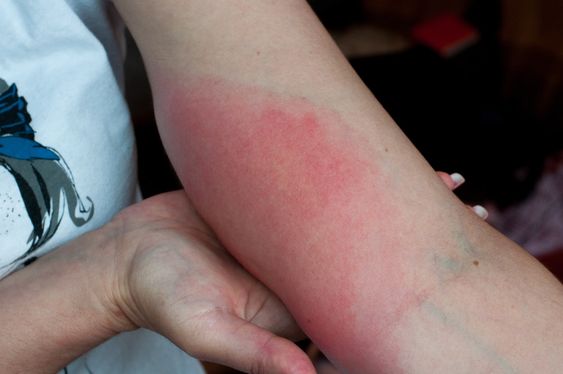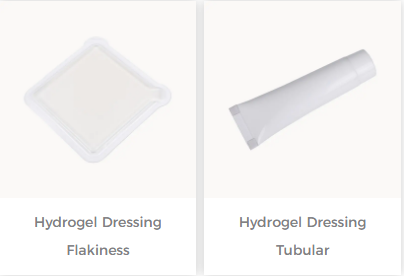In fact, will there be scars after being injured? It mainly depends on the type and depth of the injury. Here I will briefly analyze the different types of fireworks and firecracker injuries.
If you are injured while setting off fireworks, whether or not you will be scarred depends on the severity and type of injury. Minor firework burns usually only involve superficial damage and do not cause damage to deeper tissue, so they are unlikely to leave scars. If the wound is deep and a complete blister has not formed or the blister has burst, it needs to be cleaned and disinfected, and then bandaged with Hydrogel Dressing. When treating wounds, pay attention to keeping them clean and dry to avoid infection. If the wound is in an area prone to friction, special attention needs to be paid to protecting the wound to avoid deterioration of the wound due to friction. Fireworks burn on the hands are less likely to cause serious infection or scarring as long as they are treated correctly. After healing, ointment can be applied to prevent scarring or pigmentation. In addition to easy burns on the hands, sparks from fireworks may also cause splashing injuries to the face. In this case, the wound should be immediately flushed with water, followed by disinfection and ointment. If the wound is serious, it is recommended to seek professional medical treatment as soon as possible.
Of course, there are also some deep burns that may leave scars, especially those caused by large fireworks. The size of the wound reflects the severity of the injury—larger wounds tend to be deeper and more likely to leave scars. For burns of this degree, you need to go to the hospital for professional treatment and use a dressing after debridement to minimize the obviousness of the scar.

Cold therapy can use running tap water to rinse the wound surface. Some key points need to be paid attention to, such as the flushing time should be long enough, at least until the pain disappears, and normal temperature tap water should be used for flushing. For parts that cannot be washed, such as the face, neck, trunk, etc., a soaking or cold compress can be used for first aid. After an injury, the injured person often does not feel obvious pain, which is a very dangerous situation. If you insist on using ice for topical application, be sure to wrap it in a towel to prevent hypothermia. Also, you need to touch the skin with your hands every few minutes to check the temperature and sensation of the skin. The cooling effect of the external application of ice cubes is not as obvious as washing, because long-term immersion will gradually heat the limbs in the water in the basin, making the water temperature close to the skin temperature, reducing the cooling effect. Therefore, it is best to keep the water temperature at around 10-20°C, which gives people a cool feeling. To maintain a constant temperature, adjust the water temperature every few minutes and add ice cubes or cold water. At the same time, towels should be changed frequently when using cold compresses to ensure that the temperature remains low. Especially in winter, large-area immersion should be avoided to avoid hypothermia, especially for the elderly and children, who should not be allowed to soak in the bathtub for a long time.
For more information on Innomed®Hydrogel Dressing, Refer to the Previous Articles. If you have customized needs, you are welcome to contact us; You Wholeheartedly. At longterm medical, we transform this data by Innovating and Developing Products that Make Life easier for those who need loving care.
Editor: kiki Jia
Date: January 28, 2023

 English
English عربى
عربى Español
Español русский
русский 中文简体
中文简体








